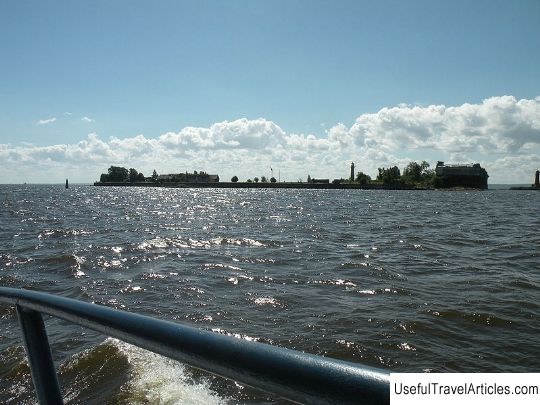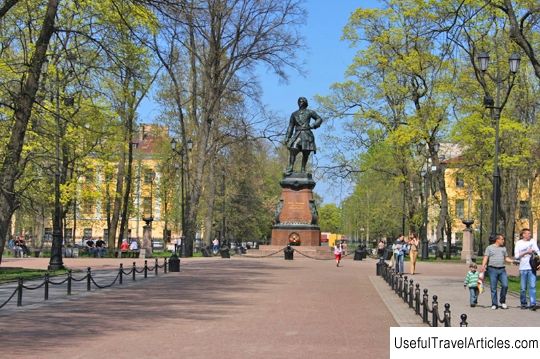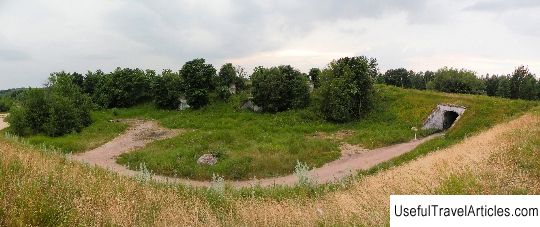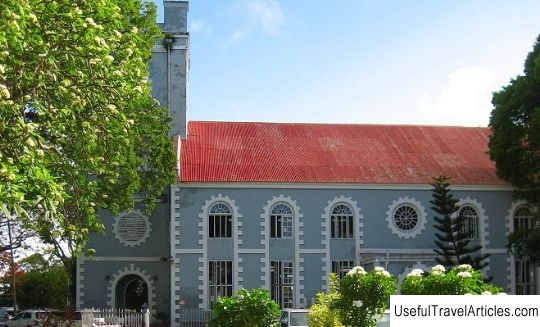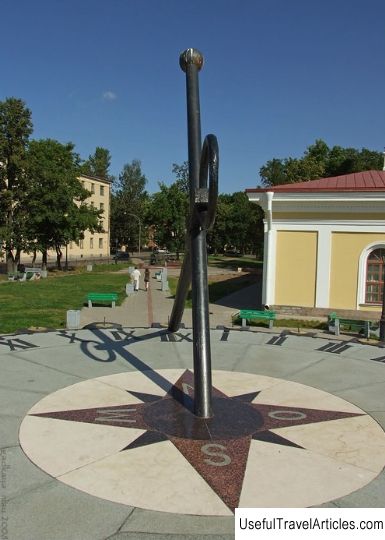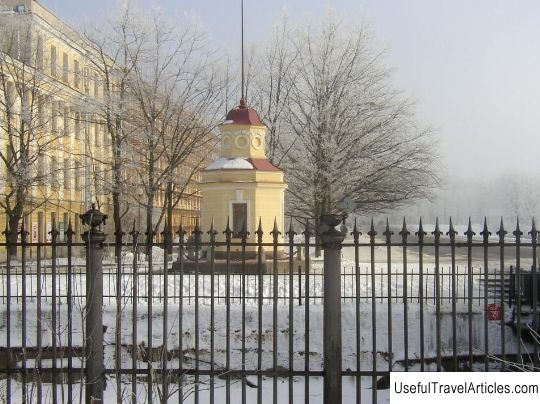Fort Kronshlot description and photos - Russia - St. Petersburg: Kronshtadt
Rating: 7,6/10 (574 votes) Fort Kronshlot description and photo - Russia - St. Petersburg: Kronstadt. Detailed information about the attraction. Description, photos and a map showing the nearest significant objects. Photo and descriptionFort "Kronshlot" is located in the southern part of Kronstadt and is an architectural monument of the 18th century. It was built in 1704 to defend against the Swedes during the Great Northern War. It was rebuilt several times. Now the monument is protected by the state. The fort was consecrated on May 18, 1704. This date is considered the date of the foundation of Kronstadt, despite the fact that construction on Kotlin Island was started in 1706 The decision to build the fortress was made by Peter I in 1703, after before he went to Kotlin Island to take depth measurements. It turned out that it was near the island that large ships would be able to approach the Neva. Therefore, Peter ordered to build a fortress to protect Petersburg from the attack of the Swedes. The model of the fortress made by Peter was sent from Voronezh by the end of 1703. The construction of the fortress began at the beginning of 1704, when the ice was already strong. In the fall, cobblestones and timber were harvested near the construction site. The construction technology was extremely simple: log cabins filled with stones were lowered onto a sandbank. So they built a solid foundation that protruded above the water. After the construction of the embankment, a fort was built on it. The fort was built by soldiers of the regiments of Treyden, Tolbukhin, Gamontov, Ostrovsky. Already on June 12, 1704, a Swedish squadron appeared near the fortress, which covered the eight thousandth corps of the enemy, marching towards St. Petersburg by land. The shelling of the fort lasted for two days, but not a single bomb hit the Kronshlot. The Swedes retreated. In 1705, the Swedes made another attempt to break through to St. Petersburg. Ankerstern squadron, which consisted of 22 ships, opposed the troops under the command of Vice Admiral Cruis. Several batteries were installed on Kotlin, reinforced with naval guns. The battle lasted from June 4 to June 10, 1705, but the Swedes left again with nothing. The battles at Kronshlot showed the ineffectiveness of shooting in a circle. Captain Lane made the appropriate measurements and made a blueprint for the new fortress. The construction of the new fortress began in 1716. Neither materials nor labor was sufficient. At the direction of Peter, some of the working people were transferred to driving piles and cutting crowns. In May 1717, the first cannons were already installed on the Kronshlot. The reason for such a long construction is the need to fill the island. As a result, its own mini-harbor appeared in the center of the fort. In addition, a tower appeared in the direction of the possible appearance of the enemy, but due to dilapidation in 1747. it was dismantled. Neither the model of the fort nor the drawings have survived to our time. Only the drawings concerning the third reconstruction of the fort in 1747 have survived. Therefore, one can only guess how the fort initially looked. In 1749, the Senate approved the construction of a stone tower. In the period from 1753 to 1756. work was carried out on the construction of the stone foundation of the tower. The project was soon revised due to lack of funds. At the end of the 18th century. along with the construction of the harbors, the walls of the fort were repaired, as well as granite cladding was erected. In 1803, a powder magazine was built in the Kronshlot harbor. During the famous flood of 1824, 4 batteries were completely destroyed, while the rest required restoration. The reconstruction project of the fort was drawn up by the Grand Duke Constantine and reported to Emperor Nicholas in 1848. According to this project, it was planned to build three batteries. After considering the project, it was decided to first build the western battery with casemates. The final project was commissioned to develop I.A. Zarzhetsky. In 1850 he was appointed by Nicholas I as the builder of the western battery. Work began on August 1, 1850, and continued until 1863. The first underwater minefield was installed in Kronshlot in 1854 between the forts Peter I and Alexander I, and later - between the forts "Peter I" and "Kronshlot". The length of the obstacle, equipped with Jacobi mines, was 555 m. Soon, due to the increase in the long-range artillery force, the fort could easily be shelled from the mainland, and "Kronshlot" lost its defensive significance. In 1896 the fort was removed from the defensive structures. It came to be used for storing ammunition. During the Patriotic War of 1941-45. here were anti-aircraft guns, as well as a part that protected Kronstadt from the landing. After the war, a laboratory for demagnetizing ships was located in Kronshlot.      We also recommend reading Holy Trinity Convent description and photos - Crimea: Simferopol Topic: Fort Kronshlot description and photos - Russia - St. Petersburg: Kronshtadt. |
